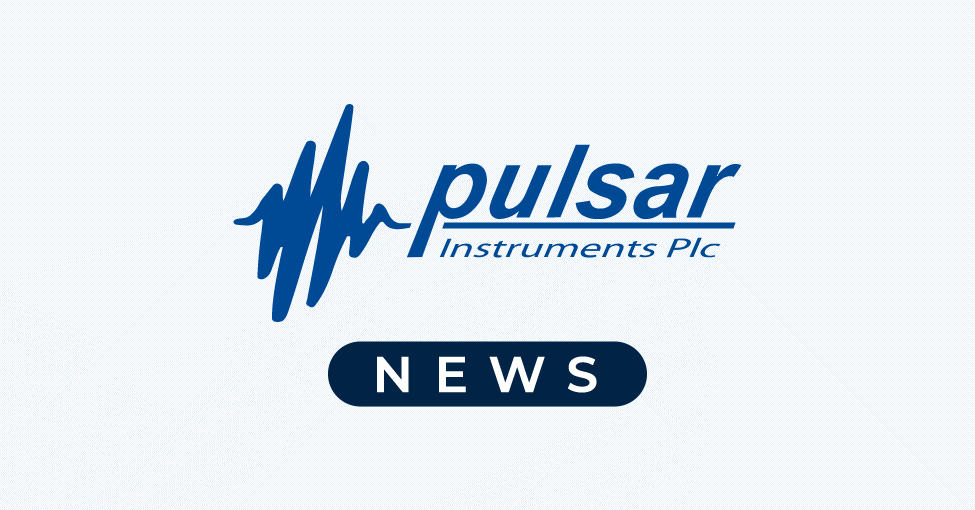Noise at Work: How Loud is Too Loud?
Excessive noise at work can be irritating, distracting and potentially harmful to workers’ physical and mental health. The problem is, many employers struggle to determine exactly what is an acceptable level of noise at work, perhaps not surprisingly given the subjectivity of terms like ‘excessive’ and ‘acceptable’. For example, while one person might not be particularly bothered about incessant chatting in the office, another might find it impossible to concentrate, to the detriment of their concentration, productivity and, potentially, their mental well-being.
To confound matters further, the risks associated with noise at work vary greatly from one employee to the next. Contributing factors include the intensity, duration and nature of the noise, the worker’s proximity to its source and the amount of time they spend in its vicinity and even their age – to name but a small handful.
So what is an acceptable level of noise at work?
What are considered to be acceptable noise levels at work depends whether the risks to health are physical, psychological or both. Indicators of excessive noise at work include:
- Physical – tinnitus and hearing loss; also impaired communication, which could result in failure to hear alarms and warning signals in the event of an emergency.
- Psychological – difficulty concentrating, reduced productivity, work-related stress and insomnia.
In addition, there is also a legal element which requires employers in the UK and around the world to take action at certain noise levels and ensure that the legal limits on noise exposure are not exceeded to safeguard workers’ hearing. Noise-induced hearing loss claims have been increasing since 2001 although there are reports that they may have peaked and are on a decline now. Most of these are made by staff against their employers and relate to deafness and hearing problems that have come about as a result of uncontrolled noise issues in the workplace.
If you think noise in the workplace could be affecting the physical health and safety of staff, you should adopt a strict risk assessment regime. The Control of Noise at Work Regulations (2005) in the UK outlines six key steps for employers to follow:
- Assess the noise risk using a sound level meter
- Take action to reduce the noise exposure that presents the risk
- Provide staff with hearing protection if required
- Ensure that noise does not exceed legal limits*
- Provide staff with sufficient information and training
- Carry out regular hearing surveillance
*An action level is basically a noise exposure level at which employers are required to take certain steps to reduce the harmful effects of noise on hearing. Please note under current legislation there is also an exposure limit value of 87dB(A), above which no worker can be exposed (taking hearing protection into account). Find out more here about action levels and exposure limit values.
If your business generates high noise levels, regular monitoring should be an integral part of your health and safety strategy in order to maintain your staff’s well-being and productivity. It is also your legal duty as an employer. Try and talk with each individual member of staff to find out whether they generally find noise levels at work acceptable or whether it is affecting them in any way. If noise is considered a problem, organise toolbox talks and put up signs to raise awareness about the issue. Move affected staff to quieter areas, replace old or noisy machinery, and put up a noise activated warning sign, which will illuminate when a preset noise level is exceeded.
So how loud is too loud in your workplace?
Well, if you would like to know more about what is an acceptable level of noise at work, contact us. Pulsar Instruments manufactures and supplies quality noise monitoring equipment designed for health and safety professionals and can help you find the perfect solution for your business. You can also call us on 01723 518011 for advice or to enquire further about the products and services available.


